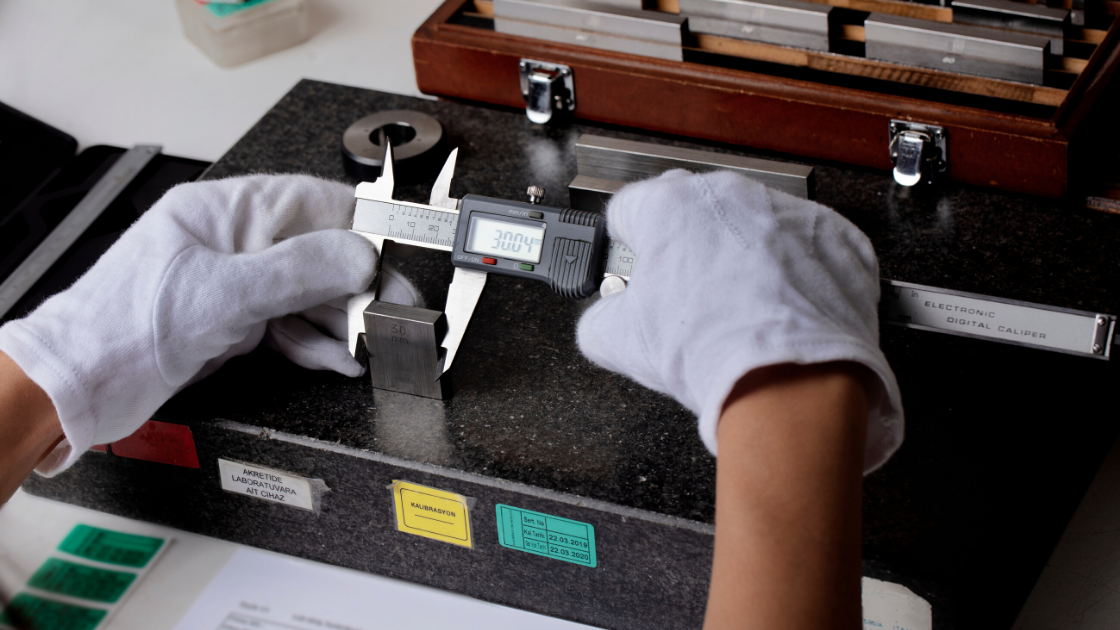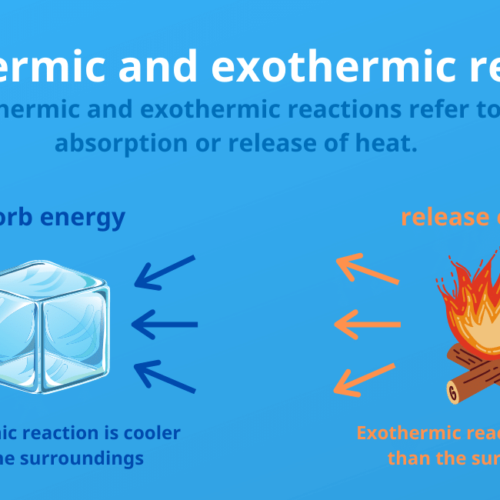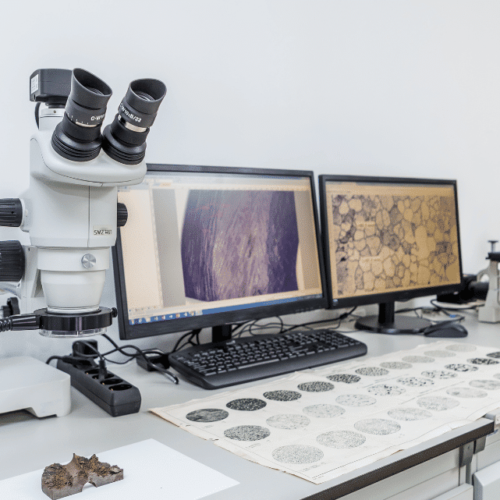Measuring Coefficients of Linear Thermal Expansion (CTE) with dilatometer

Coefficients of Linear Thermal Expansion CLTE or sometimes abbreviated to CTE is the most common material property measured with a dilatometer and is used for several types of applications including quality control, composites, and advanced materials. The CTE of a material is the relative change of the length of the material with a unit change of temperature. Often measured as (10 -6m/m * °C) or (10 -6in /in* °F).
CTE is commonly used as a quality control measurement in ceramic / metal production facilties. CTE is easy to measure with a Linseis dilatometer and is very sensitive to small changes of material composition and phase assemblages.
CTE data is tracked for this application using an engineering control chart to create a confidence interval for process control and product quality. Production flow is mantained by using Linseis dilatometers with multiple furnaces that can measure up to four samples at once. This type of application on our quattro dilatometers routinely produces tens of thousands of runs supporting production facility needs.
CTE measurements are used to identify issues with internal stresses in composites and advanced materials created by differing CTE properties. This CTE mismatch can lead to high stress that can degrade performance and/or limiting service life of the composite. Avoiding or reducing of these stresses can be achieved by developing materials with very low CTE. Other strategies may include the selection of symetrically layered composite designs with different CTE. This type of set up will put free surfaces into compression.
CTE can be used to identify phase tranformations in a material since different phases will have different CTE. The temperature where the CTE changes is called the phase transformation temperature. Understanding these details requires a knowledge of what causes CTE to occur in a material.
CTE is largely governed by lattice parameters: atomic bond coordination, bond strength, and bond distances in a material. Heat causes the atoms to vibrate over larger amplitudes in the crystal lattice. The attractive and repulsive forces between the atoms are not the same. This causes a shift in the average position of atoms as the material is heated. This average position shift is the measured CTE of the material. Since different phases would have different lattice parameters they would also have a different CTE.
The CTE measurement can be used to identify phase transformations, and in particular, the phase transformation temperature in a material. Investigators compile transformation temperature data to create CCT, TTT, and phase diagrams for materials that are used to produce materials with desired properties.




